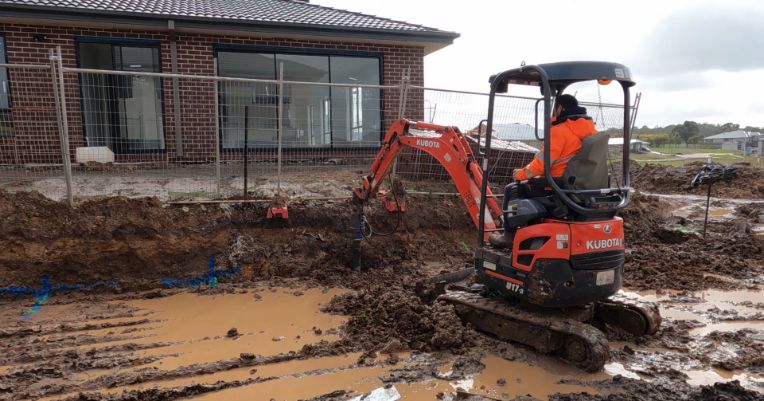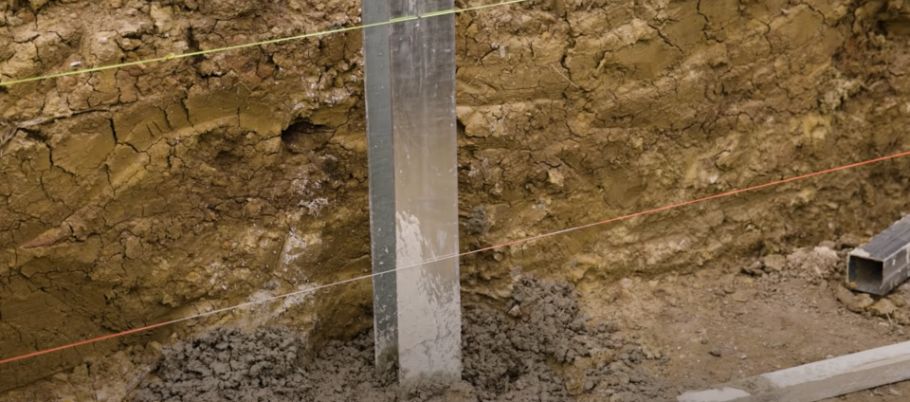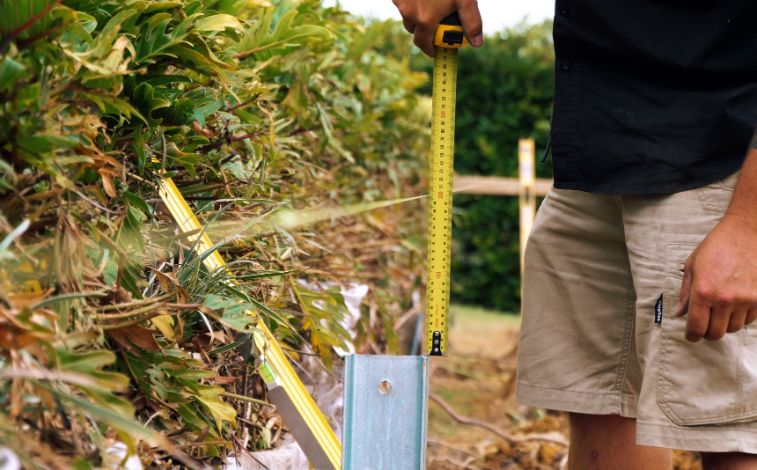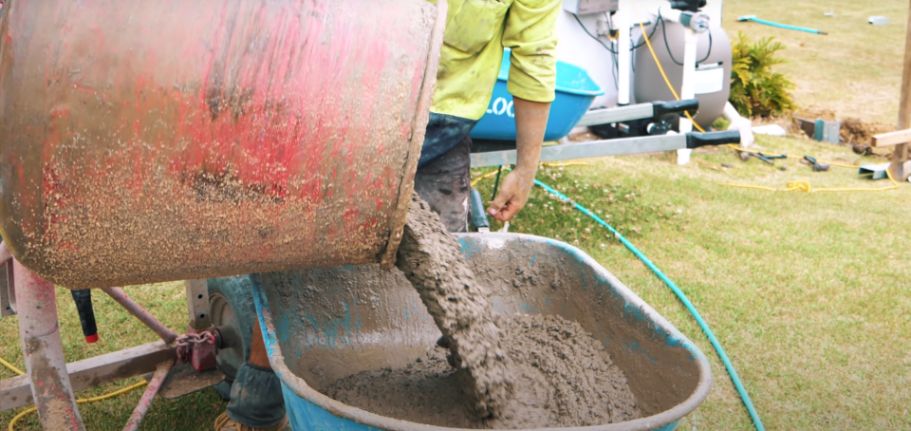Retaining walls that are leaning forward, have cracks showing up, and have separating sections are the most common warning signs that these structures are beginning to fail. If you notice any of these indicators in your concrete sleepers, it’s important that you resolve them as quickly as possible.
We highly recommend getting a professional retaining wall builder to fix these problems. These experts are experienced in restoring retaining walls before they get worse, or replacing them if necessary.
In this post, we’ll share with you the main warning signs of a failing retaining wall and tips on how to address them.

The Three Main Warning Signs Your Retaining Wall is Failing
The following are the three main warning signs your retaining wall is failing:
Wall is Leaning Forward
A retaining wall that is starting to tilt or lean forward is a common sign that it’s failing. You might also notice its base becoming more uneven as time goes by.
Cracks are Appearing in the Wall
Another common sign of a failing retaining wall is when you start to see cracks appear on its sides or across the face. These crevices mean that the overall integrity of the structure has been compromised oftentimes as a result of a failing footing

Sections Are Separating
If you notice that your retaining wall has one or more sections that are separated from the rest of the structure, then it means the wall is no longer stable. Repair may be possible, but replacing the entire retaining wall may be the best choice.
Four Ways to Fix a Retaining Wall
The four ways professionals do to fix a retaining wall are:
Correct Drainage Issues
Correcting drainage issues by re-grading the area behind the retaining wall can stop water from accumulating and causing problems to the structure. It’s also possible to install a small concrete culvert or create weep holes through the wall to help drain excess water.

Reduce the Height of the Wall
Reducing the height of the retaining wall may help decrease the soil pressure that’s causing it to fail in the first place. Changing the existing landscaping or creating a depressed drainage culvert might be beneficial in bringing back the wall’s height to an acceptable level.
Increase the Footing Size
Another method to reduce soil pressure against a retaining wall is by increasing its footing size. A professional will first find out how much space is needed for the extension before excavating and adding concrete.
They then make holes in the existing footing and use epoxy dowels to counteract the pullout.

Replace Inadequate Backfill
Removing and replacing backfill may be the only way to resolve problems related to constantly saturated soil near a retaining wall. Using crushed rock while ensuring the drainage at the base of the wall is still functional can stop retaining walls failing. Whilst replacing the backfill, it is worthwhile inspecting the installed agg drain to ensure there are no blockages stopping water from being removed from behind the wall. If you find there are blockages or breakdowns, you may need to replace sections of the agg pipe.
